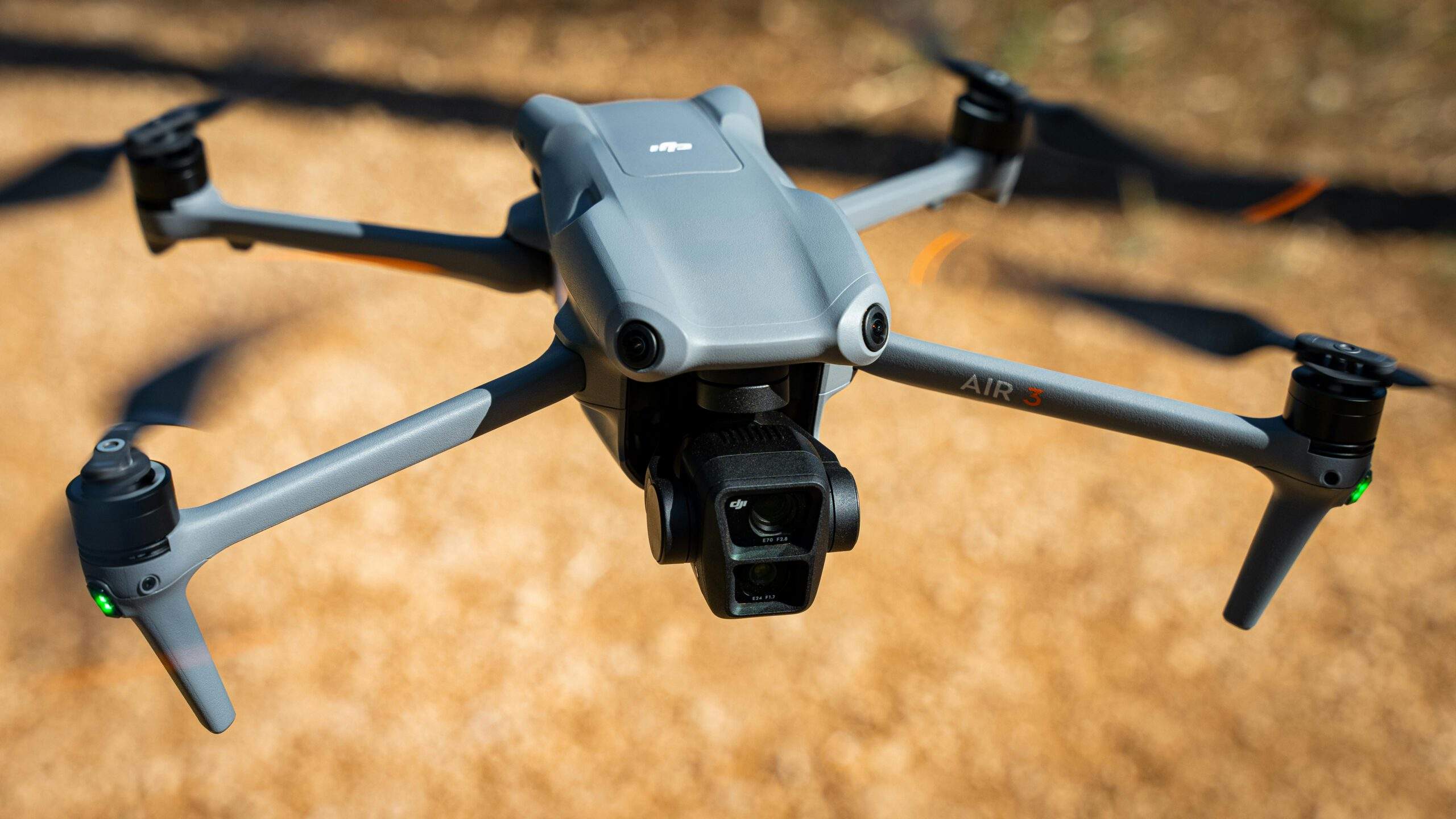Introduction
The “Countering CCP Drones Act” is a pivotal piece of legislation currently making its way through the U.S. Congress. This act is part of the FY2025 National Defense Authorization Act (NDAA) and specifically targets DJI, the world’s leading drone manufacturer based in China. The act’s objective is to address national security concerns associated with the use of Chinese-made drones in the United States. This comprehensive post explores the act’s background, legislative journey, key provisions, impacts, and broader implications for various sectors.
Background of the Countering CCP Drones Act
Shenzhen Da-Jiang Innovations Sciences and Technologies Company Limited (DJI) is at the forefront of the global drone market, offering advanced and affordable drone technology. However, concerns over potential data security risks have led U.S. lawmakers to propose stringent measures against the company. The Countering CCP Drones Act aims to limit the influence of Chinese technology in critical U.S. infrastructure, emphasizing the potential risks of espionage and data breaches.
Legislative Journey
The Countering CCP Drones Act was introduced as part of the FY2025 NDAA, a comprehensive defense spending bill. The act passed the House of Representatives with significant bipartisan support and is now awaiting Senate approval. The inclusion of the act in the NDAA, a bill that typically passes with broad support, indicates a strong legislative push to restrict Chinese drone technology.
Key Provisions of the Act
- FCC Covered List: The act grants the Federal Communications Commission (FCC) the authority to include DJI on its “Covered List.” This list identifies entities deemed to pose national security threats, and inclusion would severely restrict DJI’s ability to operate within the U.S. This measure could prevent DJI from accessing essential communication channels, effectively crippling their operations in the country.
- Restriction on Federal Agencies: Federal agencies, including the military and other governmental entities, would be prohibited from procuring or using DJI drones. This provision aims to eliminate any potential security vulnerabilities within federal operations that could arise from using Chinese-made drones.
- Impact on State and Local Agencies: The federal ban could influence state and local agencies to adopt similar restrictions. This has already occurred in states like Florida and Arkansas, where state-level bans on DJI drones have been implemented. Such trends suggest a broader move towards limiting the use of Chinese technology in public sector operations.
Impact on Public Safety and Industry
The proposed ban on DJI drones has significant implications for public safety and various industries. Public safety agencies, including police, fire, and search and rescue teams, heavily rely on DJI drones for their affordability, reliability, and advanced capabilities. These drones are essential tools for locating missing persons, assessing hazardous situations, and conducting surveillance without risking human lives. The ban could force these agencies to turn to more expensive and less effective alternatives, potentially compromising their operational efficiency.
In the commercial and industrial sectors, DJI drones are widely used for applications in agriculture, construction, real estate, and filmmaking. The ban could disrupt these operations, leading to increased costs and reduced access to cutting-edge drone technology. Businesses may need to invest in more expensive alternatives, impacting their bottom lines and operational capabilities.
Broader Implications
Beyond immediate operational impacts, the Countering CCP Drones Act could have broader implications for the drone industry and U.S.-China relations. The act represents a broader trend of reducing reliance on Chinese technology, driven by national security concerns. While this move aims to safeguard U.S. interests, it also risks stifling innovation by reducing competition in the drone market. DJI’s technology has set high standards for affordability and quality, and limiting its presence could slow down technological advancements.
The economic impact of the ban is another critical consideration. In Florida, for instance, the cost of grounding DJI drones and replacing them with alternatives is estimated at $200 million. This financial burden falls on taxpayers and highlights the broader economic consequences of such bans. The replacement drones are likely to be more expensive, adding further strain on public budgets.
Future Outlook
The future of the Countering CCP Drones Act hinges on its passage through the Senate. If approved, it will mark a significant shift in the U.S. approach to managing foreign technology influence. The act could set a precedent for further restrictions on other Chinese technology companies, reflecting ongoing tensions between the U.S. and China over technological and economic dominance.
As the legislative process unfolds, stakeholders across various sectors must stay informed and prepare for potential changes. The ban could necessitate shifts in procurement strategies, operational adjustments, and increased investment in alternative technologies.
Conclusion
The Countering CCP Drones Act represents a critical juncture in the evolution of the U.S. drone industry. While the primary goal is to enhance national security, the broader implications for public safety, industry innovation, and economic costs cannot be overlooked. As the situation develops, it is crucial for affected parties to stay informed and engage in dialogue to ensure a balanced approach that addresses security concerns without stifling innovation or imposing undue economic burdens.
By understanding the details and potential impacts of the Countering CCP Drones Act, stakeholders can better navigate the changing landscape and advocate for policies that support both security and technological progress.












